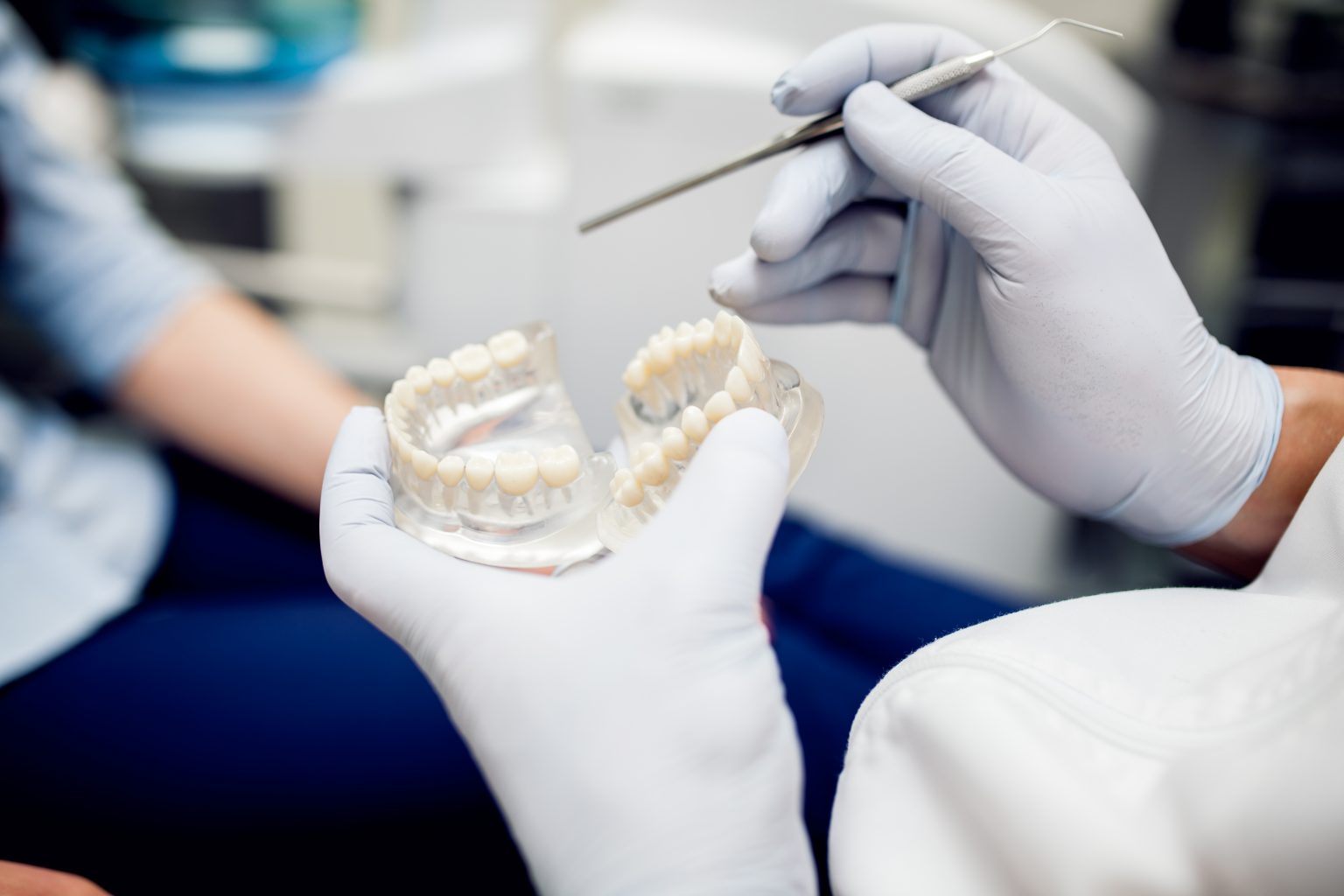The efficacy and comfort of your orthodontic treatment can be greatly impacted by the braces you choose, so make an informed decision. Two popular types of braces are metal braces and ceramic braces, each offering distinct advantages. Additionally, understanding metal retainers is crucial for maintaining your results post-treatment.
Braces Made of Metal
The conventional option for orthodontic therapy is metal braces. These braces are composed of premium stainless steel brackets that are fastened to the teeth and joined by a metal archwire. Metal braces have the following main advantages:
Durability: Metal braces are noted for their strength and tenacity, making them beneficial for difficult orthodontic issues.
Cost-Effective: Generally, metal braces are more economical than ceramic ones, making them accessible for many people.
Faster Treatment: For patients who require expedited care, metal braces may be useful because of their strength, which often allows them to achieve desired results more rapidly than their ceramic counterparts.
Variety of Options: Metal braces are customizable, allowing patients to choose colorful bands for a more personalized appearance.
Braces made of ceramic
A more visually pleasant substitute for conventional metal braces are ceramic braces. These braces use brackets that are tooth-colored or clear, which blend in with the teeth’s natural color to minimize their visibility. Principal advantages consist of:
Aesthetic Appeal: Patients who are worried about how they may look during treatment should consider ceramic braces. They are more popular among adults and teenagers since they are less noticeable than metal braces.
Comfort: Because ceramic braces have a smoother surface that lessens gum and cheek irritation, many patients find them to be more comfortable than metal braces.
Effective in a Variety of Cases: Ceramic braces, like metal braces, are successful in treating a variety of orthodontic problems, such as crowding and misalignment.
However, it is important to note that ceramic braces may be more brittle than metal braces and can sometimes stain if proper oral hygiene is not maintained.
Metal Containers
It is important to keep your freshly aligned teeth once the braces are taken off. Metal retainers, frequently composed of a thin wire, aid in keeping teeth in their proper places after dental work. The following are some crucial features of metal retainers:
Stability: The purpose of metal retainers is to hold teeth in their new alignments and stop them from moving backward.
Durability: Metal retainers are strong and resistant to normal wear and tear, in contrast to clear plastic retainers.
Adjustability: Metal retainers are easily resized by orthodontists to achieve the best possible fit and long-term efficacy.
Cost: Generally, metal retainers are more economical compared to transparent aligners, making them a practical solution for many patients.
Conclusion:
Metal and ceramic braces can be chosen based on individual preferences, aesthetic concerns, and specific orthodontic needs. Both options have unique benefits and are effective in correcting dental issues; after treatment, metal retainers are essential to maintaining the results of braces. Patients who are well-informed about these options can make decisions that will help them achieve a healthier, more confident smile.

